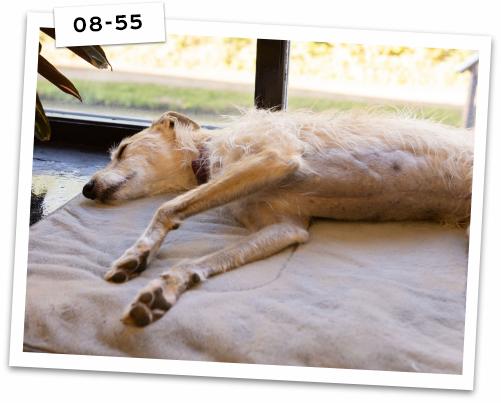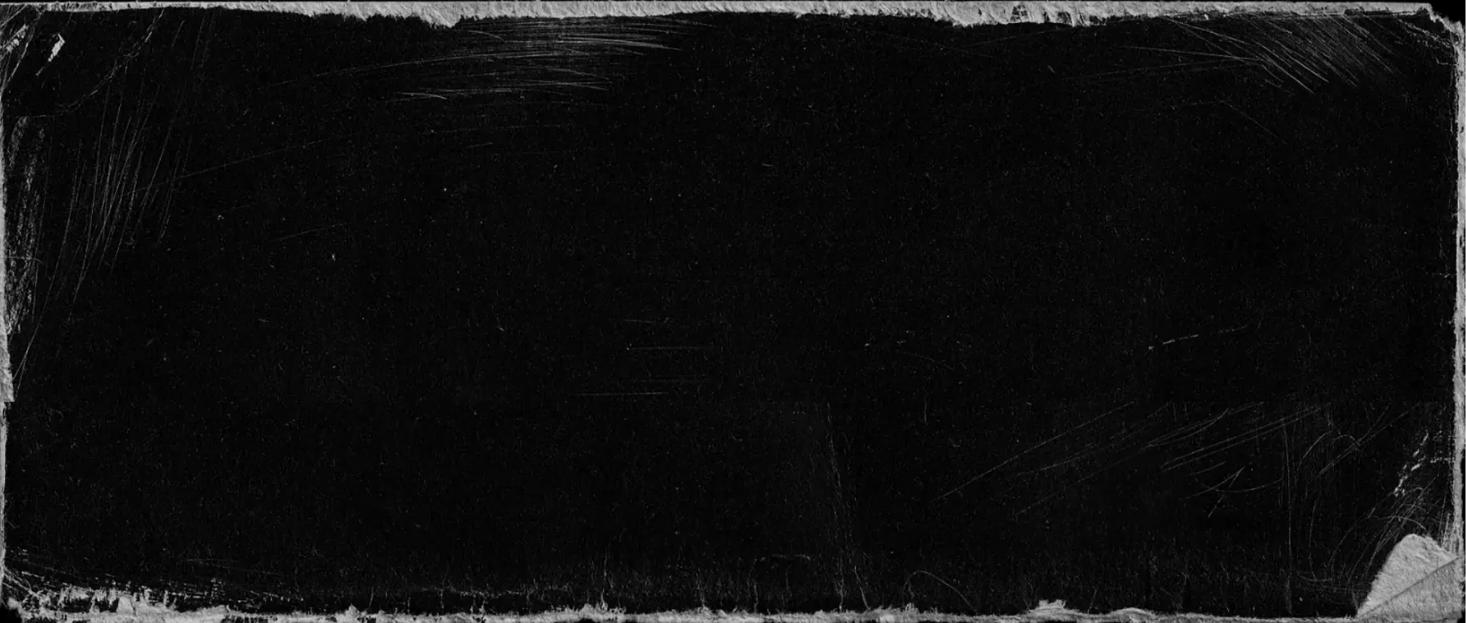Searching for Cushing’s clues
If the more generalised tests raise your vet’s suspicion further, or if the signs your dog is displaying make your vet suspect Cushing’s, then Cushing’s-specific tests will be performed, to confirm or disprove the diagnosis.
As the cortisol concentration in the blood fluctuates greatly throughout the day in both healthy dogs and dogs with Cushing’s, diagnosis cannot be confirmed by just one measurement of cortisol.
The two tests most commonly used to confirm diagnosis are the low-dose dexamethasone suppression test and the ACTH stimulation test. In most cases your pet will stay at the veterinary clinic while the tests are undertaken.

The low-dose dexamethasone suppression test
During this test, your dog will be injected with a drug called dexamethasone. In dogs that do not have Cushing’s, this injection will completely suppress the production of cortisol.
Your vet will determine this by first measuring the ‘normal’ level of cortisol in your dog’s blood. They will then take two further blood samples at 3-4 hours post injection of dexamethasone, and eight hours after injection.
In dogs without Cushing’s, the cortisol levels after injection of dexamethasone will be low when compared to ‘normal’ levels – as the injection of dexamethasone has stopped the dog’s adrenal glands from producing any cortisol.
In dogs with Cushing’s, the cortisol levels after injection of dexamethasone will remain elevated– as the dexamethasone is unable to suppress the increased amount of cortisol produced by dogs with the condition.
The ACTH stimulation test
This test shows if your dog is overproducing cortisol by testing the response of the adrenal glands to stimulation by the hormone ACTH.
Your vet will undertake this test by first measuring the ‘normal’ level of cortisol in your dog’s blood. They will then inject a synthetic version of ACTH and take a further blood sample after one hour.
As ACTH naturally stimulates the production of cortisol, the cortisol levels after injection will increase beyond ‘normal’ levels in dogs without Cushing’s. However, this response is normally mild – with most healthy dogs producing a one-hour cortisol value of between 300-400 nmol/l.
In most dogs with Cushing’s, cortisol production after injection of synthetic ACTH is much increased, and for the majority of cases a one-hour cortisol value of greater than 550-600 nmol/l will be seen.
However, it is important to remember that neither of these tests are perfect and your vet may have to perform both tests in order to gain a diagnosis. Equally, it may be that for your pet, repetition of tests over time is required. We recommend you speak to your vet in more detail about the diagnostic procedure for your individual dog.
Identified a case of Cushing’s?
Once initial tests have confirmed Cushing’s as the diagnosis, your vet may then discuss further tests to find out whether your dog has pituitary or adrenal disease. The decision to undertake these further tests will depend on the circumstances surrounding your pet individually.
The process of locating the cause of the Cushing’s may involve further blood testing or further diagnostic imaging – including ultrasound, MRI or CT scanning.
Dependent on individual circumstances, not every dog has their Cushing’s located – however, consideration should be given to these tests as they may offer up alternative treatment options and/or provide an idea of prognosis for your pet.


Leaving Cushing's condemnation behind
Once diagnosed with Cushing’s, there is an opportunity to bring back health and restore life. Through effective treatment it is possible to improve your dog’s quality-of-life and reduce the risk of your dog developing other conditions.



